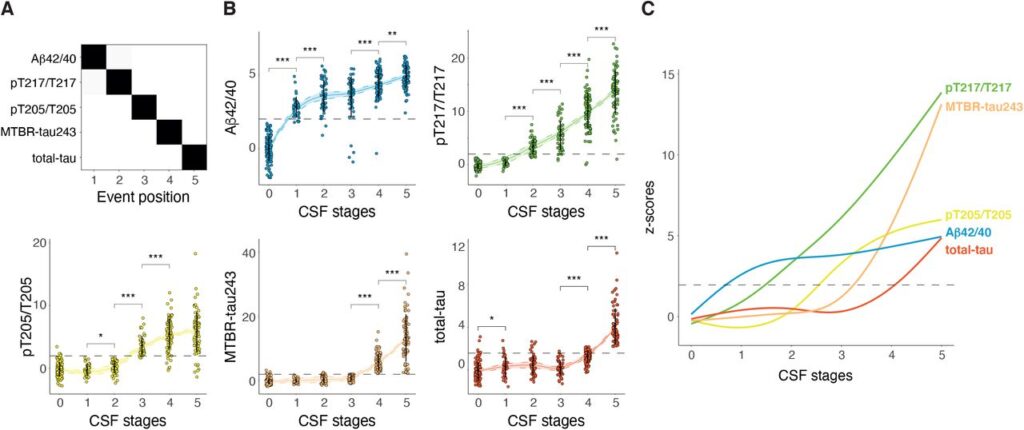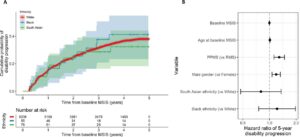
On July 13, Randall Bateman and Oskar Hansson published groundbreaking research in Nature Medicine on the use of microtubule-binding region of tau containing residue 243 (MTBR-tau243) as a CSF biomarker for tau accumulation in the brain. Three days later, they released the sequel, a paper describing the use of that biomarker in a staging system that accurately predicted PET scan results. Imagine coming out of Star Wars three days after its release and learning that an early, but still polished, cut of The Empire Strikes Back was already available. How did they produce a sequel so quickly?
The answer has nothing to do with the speed of the second study and everything to do with the plodding pace of publishing the first as compared to the immediate release of the preprint from the second. The first paper was submitted on January 2nd, 2023, peer review took 5 months, and another 6 weeks went by after acceptance before publication. Nothing about this timeline is unusual, of course, but it begs the question: what could’ve been done with this research if it had been made available as soon as the authors deemed it ready to be seen?
Our mission at researchXchange is to provide tomorrow’s best publications today by highlighting the finest preprints in Alzheimer’s disease and MS. The traditional journal system is stuck in the days when Luke Skywalker first hit the screen. By carrying over an ink and paper model developed around correspondence and physical journals being sent by mail, it fails to capitalize on the internet allowing for live, immediate communication across the globe. A science communications ecosystem centered around preprints lets the world hear about the latest research sooner, initiating both a community-based peer review and the next round of scientific investigation. Imagine the impact of accelerating the release of every new study by six months or more.
Imagine researchXchange™.




